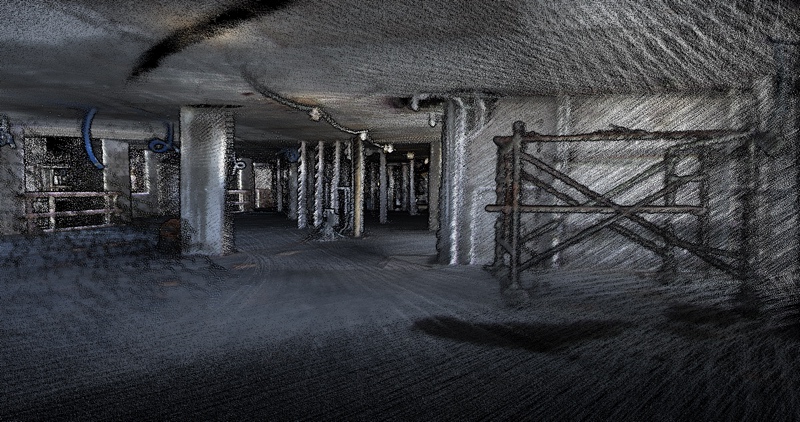If you’ve followed Paracosm over the past few years, you might have looked at their new scanner and asked–Why did they pivot from consumer devices to professional solutions? Wasn’t their tablet-based scanner effective?
In an unpublished portion of a recent interview with SPAR 3D, Paracosm explained the change.
“We were running into a lot of limitations with structured-light sensors,” said business developer Gannon Wilder. “We kept trying to compensate for them through software and the to-do list of things to improve just kept getting bigger and bigger. So we thought—You know what? All these problems would just go away and our SLAM system would be amazing if we just gave it better data.”
CEO Amir Rubin, for his part, credits the pivot to market demands. “We kept getting calls from engineering companies wanting MEP scanning,” he said, “so that’s when we started going down this path. After a while, the calls changed over to being from construction companies, and they wanted to scan the MEP installation of their entire site. With the depth-sensor based system, we were maxing out at 3000-5000 square feet, and it took forever to scan. So we realized we really needed to rethink our system.”
I asked Rubin if the consumer market for 3D scanners even exists. He doesn’t believe so—at least not the way we usually think it does.
“My thinking has come a complete 180° on that. I used to think that low-cost devices, like Tangos, and having something accessible to everyone was the way to go. I think one day it will be, for sure, but where we’re at right now is: Let’s build the best possible hardware for capture and leave it to startups and GIS companies to make the maps available for consumer applications.”






